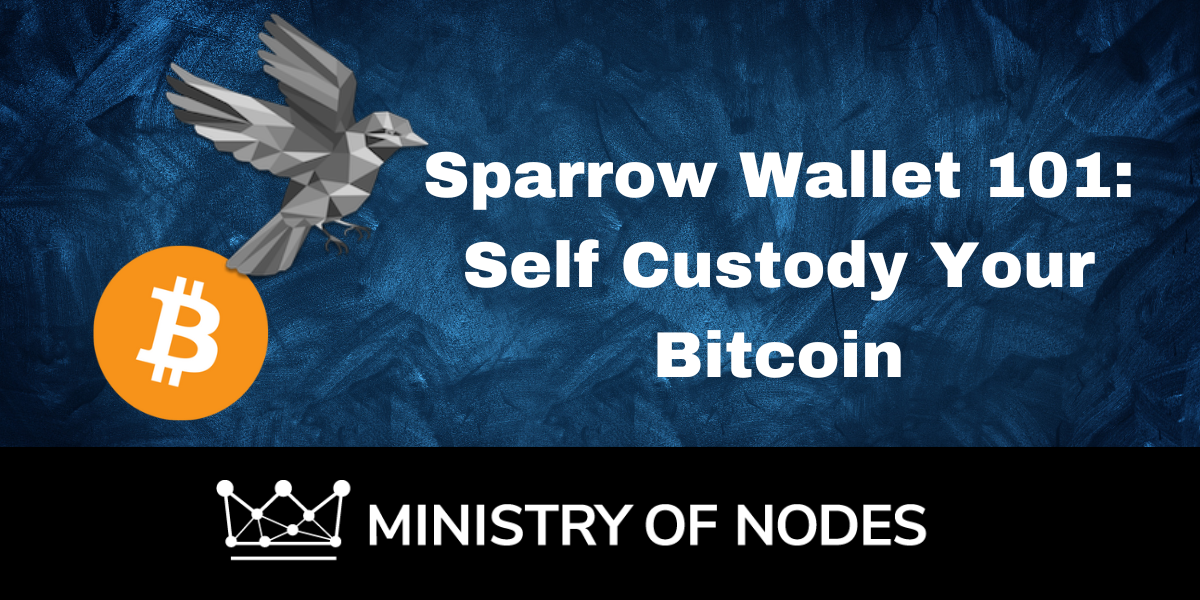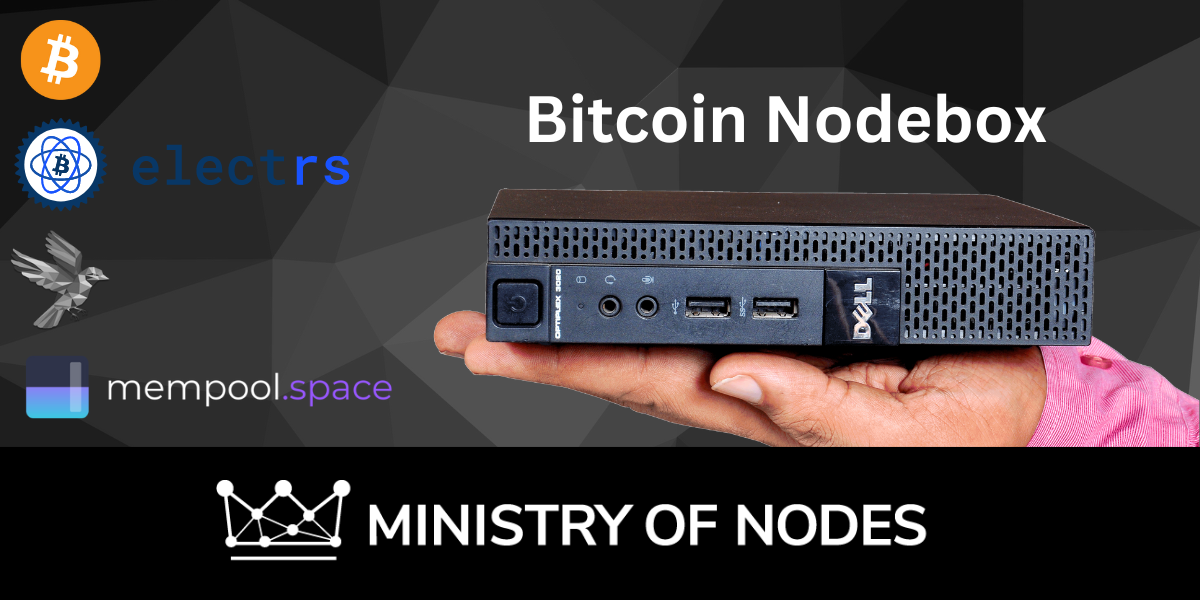
How to self custody bitcoin using your laptop or desktop PC
Read the entire article including the FAQ below before attempting this at home.
STEP 1: Download and install Sparrow Desktop. It is available for Windows, Mac and Linux. The website is here.
STEP 2: Connect to a public server from the URL list. I've used the Blockstream server for this example.
STEP 3: Create a New Wallet by going to File > New Wallet (CTRL+N). Give it a name. Click on "Create Wallet".
Click on "New or Imported Software Wallet".
Under the Mnemonic Words (BIP39) dropdown select "Use 12 Words". Click on "Generate".
WRITE THESE WORDS DOWN ON A PIECE OF PAPER. THE ORDERING OF THE WORDS MATTERS. DO NOT SHOW THESE WORDS TO ANYONE. DO NOT SCREENSHOT. DO NOT UPLOAD TO CLOUD. IF ANYONE ASKS FOR IT, THEY ARE SCAMMING YOU.
Leave the Passphrase blank. Click on "Confirm backup...". You will be asked to re-enter the words to ensure you have captured them correctly. Click on "Create Keystore". Leave the default derivation path as is (m/84'/0'/0') and click on "Import Keystore".
Click on Apply
Sparrow Wallet will ask if you'd like to set a password to your wallet. I recommend you do. The wallet file will be encrypted with this password. Give it a strong one and click on "Set Password".
Congratulations! You've just created your first Bitcoin Wallet!
STEP 4: Withdraw from exchange
Go to your exchange website and there should be an option to WITHDRAW your bitcoin. The exchange will ask where you want your bitcoin sent to and how much. Go to the "Receive" section of your wallet and copy/paste the address into the withdrawal form on the exchange website. There's a small copy toggle to the side to copy it to your clipboard. It'll start with "bc1". In terms of amount, start with a small amount first.
Your exchange will process your withdrawal address. If they can't deliver this within a reasonable timeframe (give it a week or so?), your exchange may be facing troubles. You should see the amount you requested hit your wallet.
IMPORTANT FAQs. READ ON.
Great! Where to from here?
From here, do your first bitcoin transaction with the small amount of bitcoin you have withdrawn. Click on the "Send" section of your wallet and fill out the details. You can send bitcoin to yourself, others, or to me!
Is this the most secure way to store funds?
No. But you can learn to grow. Next steps would be to familiarise yourself with using a passphrase (different to a password), then getting familiar with a hardware wallet. After that would be using a private server instead of a public one. You can then look into multisignature wallets if you wish. The idea here is to get you started along the journey.
Where is the wallet file kept?
The wallet file is a .mv.db file located on your computer in the wallets folder of the location set out below. This file contains your private key (if it's a software wallet), labels, address information and more. It is encrypted with the password you set when creating the wallet.
How can I backup? What if I lose my computer?
There are a couple of ways. You can copy the .mv.db file to a couple of USB thumb drives for redundancy. If someone were to get hold of your USB drives, they'd still need your password in order to decrypt your wallet. To restore, File > Open Wallet (CTRL+O), select it then input the password you set when creating the wallet.
If that doesn't work, you'll need the all important 12 words. Create a new wallet and input the 12 words back in. Your funds should recover. You may even want to test this with a small amount to see if it works. Note, anyone can do this if they have the 12 words, so keep them safe!
What's the best way to keep my 12 words?
Paper isn't great. Think fire, flood, dog ate it, etc. Ideally, back it up on a metal backup device. There are plenty of options on the market for you to research. If you're ordering one online, be sure to order it to a PO Box, Parcel Locker or work address. Don't order it to your home address. I'd also suggesting using a throw-away email when ordering as well.
Where can I find more information?
The Sparrow Wallet docs section of the website is a fantastic resource. There's also a telegram group. Be careful with Telegram, there are lots of scammers and imposters, but it's a great resource.
What are some things to be wary of?
1. Keyloggers installed on your computer. Minimise the input of your seed words using your keyboard.
2. Copy/paste malware. If you're copying a bitcoin address and there's malware installed that changes that address, be careful, you might send bitcoin to someone else's address.
The tip here is to not install random browser extensions.
Should I use the same address twice?
When you are receiving bitcoin into your wallet, it's best practice that you do not reuse addresses. Your wallet has plenty of addresses, so just send a fresh address each time you want someone to send you bitcoin.
What about my shitcoins?
Dump them.






.png)